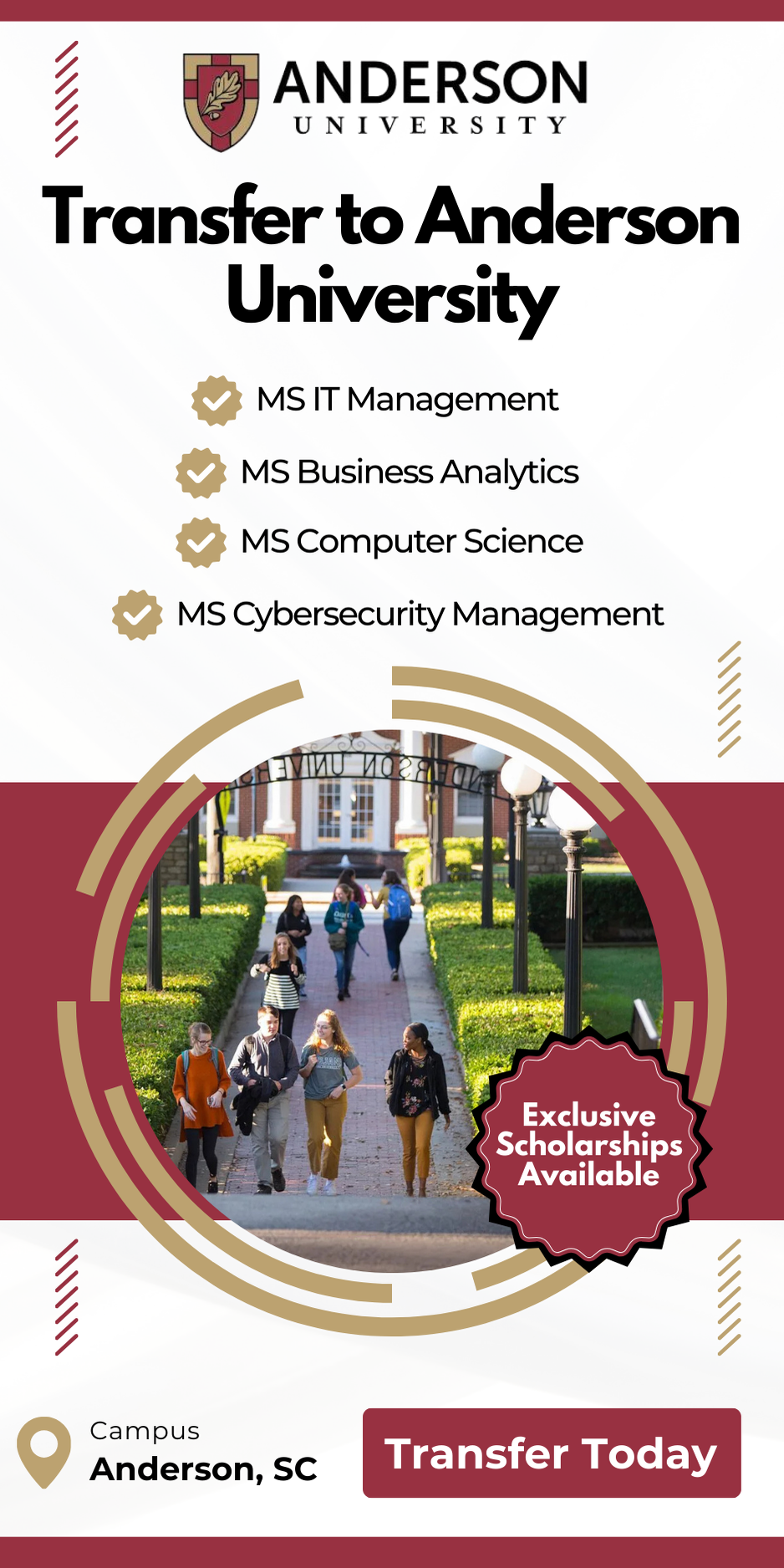Embarking on higher education in the United States through Day 1 Curricular Practical Training (CPT) programs offers international students the unique advantage of integrating academic learning with immediate practical work experience. A typical progression for many students is transitioning to an H-1B visa, which permits employment in specialized occupations. Understanding the relationship between Day 1 CPT and the H-1B visa process is crucial for a seamless transition and to ensure compliance with U.S. immigration regulations.
Understanding Day 1 CPT
Day 1 CPT allows international students to engage in employment directly related to their field of study from the first day of their academic program. This opportunity is particularly beneficial for students aiming to gain immediate industry experience. However, it’s imperative to maintain proper F-1 status by adhering to university guidelines and ensuring that employment is an integral part of the curriculum.
Transitioning from Day 1 CPT to H-1B Visa
The H-1B visa enables U.S. employers to hire foreign workers in specialty occupations requiring specialized knowledge and a bachelor’s degree or higher. International students on Day 1 CPT often aspire to transition to an H-1B visa to continue their professional journey in the U.S. To facilitate this transition smoothly:
- Maintain F-1 Status: Ensure continuous compliance with F-1 visa requirements, including full-time enrollment and employment authorization through CPT.
- Accurate Documentation: Keep meticulous records of your employment, academic performance, and CPT authorization to provide evidence of lawful status when applying for H-1B.
- Understand H-1B Requirements: Familiarize yourself with H-1B eligibility criteria, application timelines, and the annual cap on visa numbers so you can plan accordingly.
Potential Challenges and Mitigation Strategies
While transitioning from Day 1 CPT to an H-1B visa is feasible, students may encounter particular challenges:
- Request for Evidence (RFE): USCIS may issue an RFE to verify the legitimacy of your CPT employment and maintenance of F-1 status. To mitigate this:
- Comprehensive Documentation: Maintain detailed employment records, including offer letters, job descriptions, pay stubs, and CPT authorization documents.
- University Support: Contact your university’s Designated School Official (DSO) to obtain the necessary documentation and support letters.
- Comprehensive Documentation: Maintain detailed employment records, including offer letters, job descriptions, pay stubs, and CPT authorization documents.
- Impact on Green Card Processing: Engaging in Day 1 CPT should not adversely affect future Green Card applications, provided all F-1 and CPT regulations are strictly followed.
Best Practices for a Successful Transition
- Select Reputable Institutions: Enroll in accredited universities with established Day 1 CPT programs to ensure compliance with immigration regulations.
- Regularly Consult with DSOs: Maintain open communication with your university’s DSO to stay informed about any changes in policies or requirements.
- Seek Legal Advice: Consider consulting with an immigration attorney to learn about the complexities of visa transitions and receive personalized guidance.
By proactively managing your academic and employment responsibilities and staying informed about immigration policies, you can effectively navigate the path from Day 1 CPT to an H-1B visa, paving the way for a successful career in the United States.
People Also Ask (PAA)
- What is the difference between Day 1 CPT and regular CPT?
Day 1 CPT allows students to begin practical training from the first day of their academic program, whereas regular CPT typically requires students to complete one academic year before starting. - Can I apply for an H-1B visa while on Day 1 CPT?
Yes, students on Day 1 CPT can apply for an H-1B visa, provided they maintain proper F-1 status and meet H-1B eligibility requirements. - Will using Day 1 CPT affect my H-1B application?
Utilizing Day 1 CPT should not negatively impact your H-1B application if you diligently follow all F-1 and CPT regulations. - What documentation is needed when transitioning from Day 1 CPT to H-1B?
Essential documents include CPT authorization forms, employment records, academic transcripts, and any other evidence demonstrating maintenance of F-1 status. - Is receiving an RFE common when applying for H-1B after Day 1 CPT?
While not guaranteed, there is a possibility of receiving an RFE. Proper documentation and adherence to regulations can help address any concerns raised. - Can I continue working on Day 1 CPT after my H-1B is approved?
Once your H-1B status becomes active, typically on October 1st, you must cease CPT employment and work under the H-1B authorization. - Does Day 1 CPT usage impact future Green Card applications?
Engaging in Day 1 CPT does not inherently affect Green Card eligibility, provided all visa regulations are correctly followed. - Are there risks associated with Day 1 CPT?
Potential risks include increased scrutiny during visa applications. Enrolling in accredited programs and maintaining compliance can mitigate these risks. - How can I ensure my Day 1 CPT employment is compliant?
Ensure your employment is directly related to your field of study, obtain proper authorization, and maintain full-time enrollment status. - What should I consider when choosing a Day 1 CPT program?
Consider the institution’s accreditation, the structure of the CPT program, on-site requirements, and support services available for international students.

